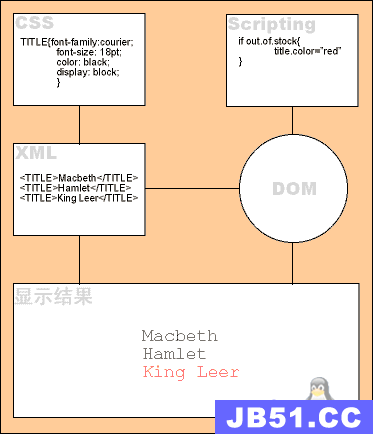转:http://blog.csdn.net/wxwzy738/article/details/16968767
摘自springside3
Spring 3.1的功能,以后就不用为了区分Test,Dev,Production环境,搞几个只有细微区别的application.xml,application-test.xml及引用它们的web.xml了。
首先,将applicationContext.xml中的namespace从3.0升级到3.1.xsd, 然后就可以在文件末尾加入不同环境的定义,比如不同的dataSource
首先,将applicationContext.xml中的namespace从3.0升级到3.1.xsd, 然后就可以在文件末尾加入不同环境的定义,比如不同的dataSource
2.在web.xml里,你需要定义使用的profile,最聪明的做法是定义成context-param,注意这里定义的是default值,在非生产环境,可以用系统变量"spring.profiles.active"进行覆盖。
3.1 在development和functional test启动Jetty前设置系统变量
- System.setProperty("spring.profiles.active","development");
- server.start()
3.2 在用到ApplicationContext的单元测试用例中,用 @ActiveProfiles定义
- @ContextConfiguration(locations={"/applicationContext.xml"})
- @ActiveProfiles("test")
- publicclassAccountDaoTestextendsSpringTxTestCase{
- }
在springside里有演示了production,development,test,functional三个环境, 大家可以根据实际情况组合自己的环境管理。另外可以与Spring的properties文件加载时可顺位覆盖的特性(放一些不在版本管理中的xx.local.properties文件),更好的支持本地开发环境,Jenkins上的functional test等其他环境。
详情:https://github.com/springside/springside4/wiki/Spring
http://huiseyiyu.iteye.com/blog/1202401
详细配置与使用:http://www.cnblogs.com/chanedi/archive/2012/01/12/2320837.html

